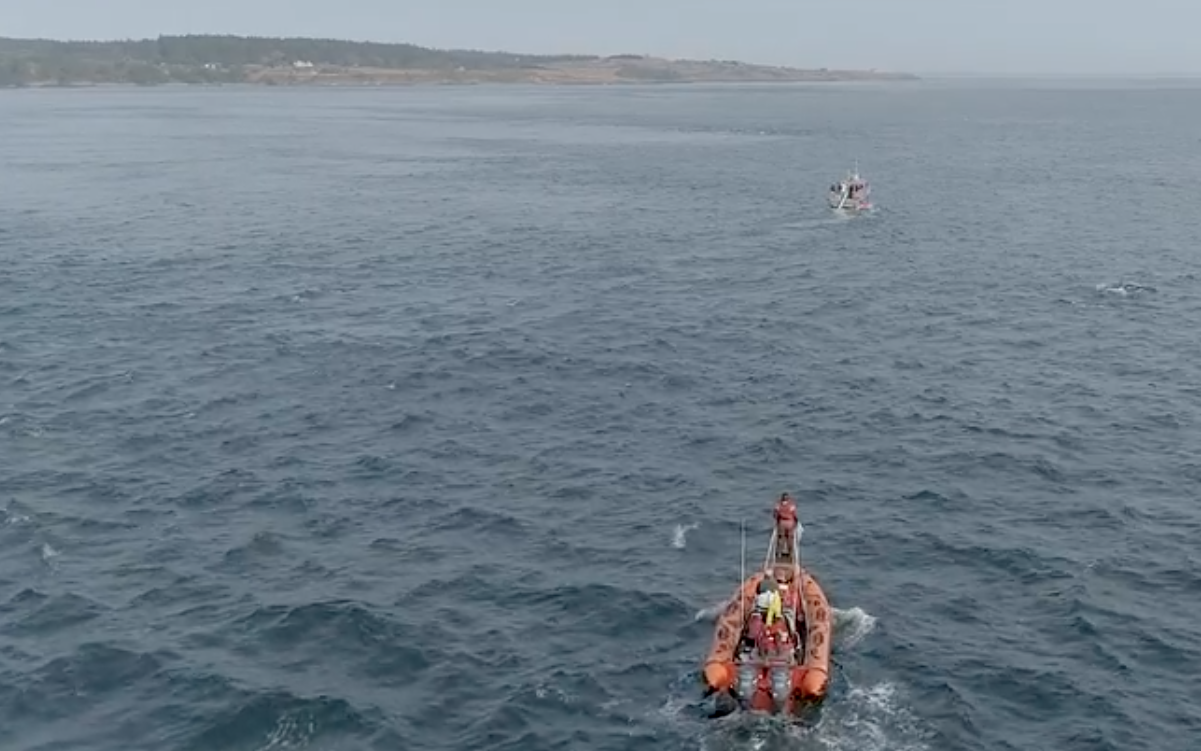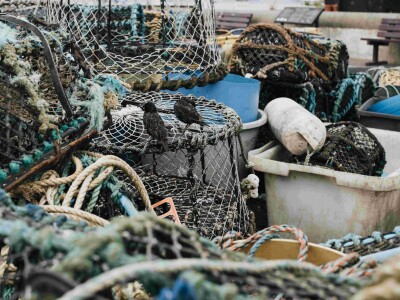Seattle chef and restaurant owner Renee Erickson's boycott of king salmon started last month and appears to be picking up steam. What I want to do is sigh, put my head in my hands and wish away the lack of information that leads to misguided gestures like this one. But I can’t do that. And you all know why.
I have written about this before. And I’m sure for most of our readers this is not a new concept. So I hope what I say here will resonate enough for you to share with your friends who may not get it the way our nation’s commercial fishermen do.
Here’s the background: A young orca whale identified as J50 or Scarlet was noted to be ailing early this summer and feared dead several times. NOAA teams closely monitored her condition and progress. Fecal samples indicated the presence of a nematode parasite and possible bacterial infection.
Researchers injected antibiotics and a dewormer via dart and also attempted live feeds of salmon, the orcas’ primary source of food in the summer. As her pod returned from Canadian waters to the Salish Sea off Washington state in early September, J50 was still ailing.
Why all the fuss? Southern Resident orcas are a critically endangered species. NOAA’s official tally in 2016 was 78 for the subspecies.
The J-pod’s long-term decline inspired Erickson to boycott king salmon — no chinook for her menus. Setting aside the fact that commercial fishing quotas for king salmon pale in comparison to what a single adult orca consumes in a year, most salmon is caught as it returns to the mouths of spawning rivers, meaning commercial fishing grounds are far inshore of orca hunting grounds. By the time salmon are in fishing nets, they’ve passed the pods. The whales get their fill first (as it should be).
Similar to the East Coast right whale problem, NOAA notes that noise, overcrowding from boat traffic (see: our global economy) and pollution from rapid population growth and development are at the top of the list for threats to the population. But since we don’t know how to ameliorate those problems without shutting down international shipping (not an option) or curbing coastal development (not a popular option), then we strike out for the soft target — fishing fleets.
And none of this does anything to address protected seal populations that are running rampant — and putting a significant dent in the wild salmon biomass — and other logistical barriers for salmon, like dams, traffic and pollution.
It is only after all of those factors are accounted for that fishermen are allowed to take a small percentage of the actual wild salmon biomass. What you see on the market for wild fish is not there because of demand or lack of demand. It is there because NOAA — the same folks who are monitoring and protecting the orcas — has deemed the allowance sustainable.
Boycotting king salmon may make you feel like you’re contributing to the cause. But the fish is already caught. Fishermen fish to quotas, not restaurant orders. NOAA doesn’t change quotas because the fish is less popular at restaurants. They change them when they are not sustainable, which means the comparably small commercial quota for salmon is not the problem here. Orcas are dying because they are part of a sea web that is collapsing all around them.
If you want to contribute to their cause, stop buying imported goods. Stop buying and tossing single-use plastic. Stop buying or building condos on the water. Think about what you flush down the drain. The American lifestyle of bigger, better, more is what is killing the whales.







